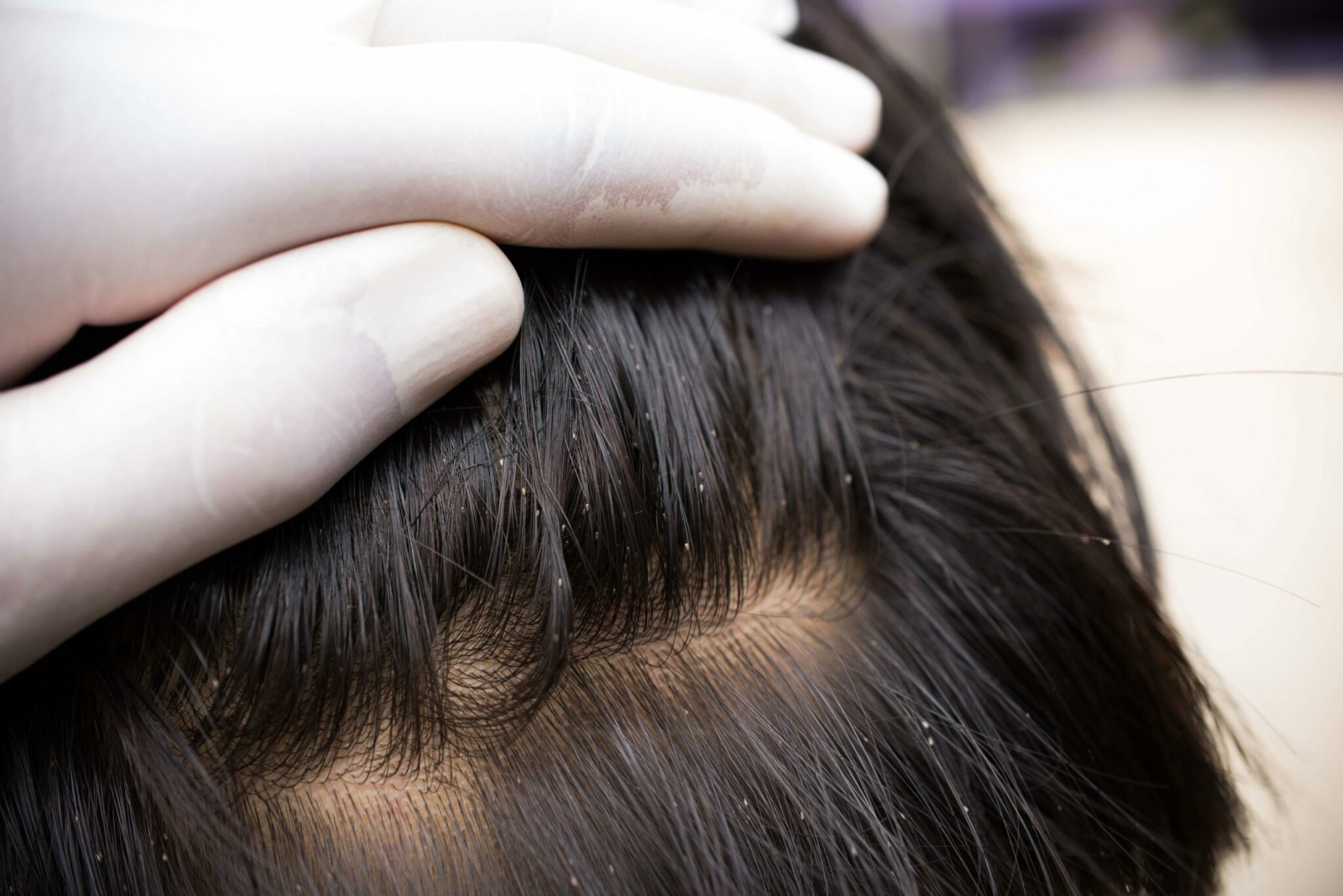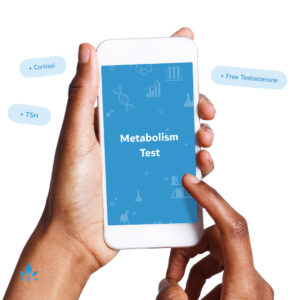How to Recognize and Treat Head Lice


Just hearing the words “head lice” is enough to prompt a collective groan from parents, usually followed by a quick inspection of their kid’s scalps looking for the annoying pests!
What are lice?
Lice are wingless, parasitic insects that live on people’s heads, but are different from scabies. They are very small, about 2 mm long, and move very quickly. They lay eggs that are sticky and white and adhere to the hair shaft. Even though they cannot fly or jump, lice have an extraordinarily powerful grip. Bed-sharing and close contact makes people in the same household vulnerable to the spread of lice.
Children in close settings—like daycare, camp, or school—are susceptible, especially if they share clothing (such as hats), combs, linens, etc. It doesn’t take long for a louse to grab onto the follicle of another child and begin laying eggs (called nits). For this reason, lice outbreaks in the US are common in daycare and schools—millions of children are affected each year.
A case of head lice often brings embarrassment to parents, but personal hygiene has nothing to do with an infestation. Head lice do not spread disease so parents don’t need to worry about their child becoming physically ill. For this reason, the American Academy of Pediatrics recommends that children who have been treated with an anti-lice shampoo can return to school the following day even if all eggs have not been removed. Parents are advised to carefully comb through an affected child’s hair to make sure all eggs have been removed.
Although some people will not show any indication of lice, the most common symptoms include:
- Itching and scratching especially around the base of the neck and behind the ears
- Sores caused by frequent scratching
- A tickling sensation in the hair
An adult louse will grow to the size of a sesame seed and looks white or clear, while its egg is much smaller and harder to see. Eggs can be distinguished from dandruff by the way they cling to the hair shaft.
Treatment of lice
Anti-lice shampoo is available over the counter and by prescription. In addition, Cetaphil soap has shown to be a successful treatment and is without harsh chemicals. If you have treated your child once and are still having an infestation, your pediatrician can suggest a special medicated shampoo or lotion to get rid of the lice. The shampoo is a type of insecticide so be sure to follow the directions very carefully during treatment. Remaining nits need to be removed with a fine-tooth comb.
Check each member of the household for lice and treat all bedmates. Wash all bed linens and clothing worn in the previous two days in hot water and dry in the dryer. Vaccum your child’s room. If your child uses a brush, submerge it in a solution containing the anti-lice shampoo for an hour to remove all live lice.
Sources:
- American Academy of Pediatrics
- Head Lice.
Centers for Disease Control & Prevention - Head Lice.
National Institutes of Health - Head Lice.
Powered by Bundoo®











































